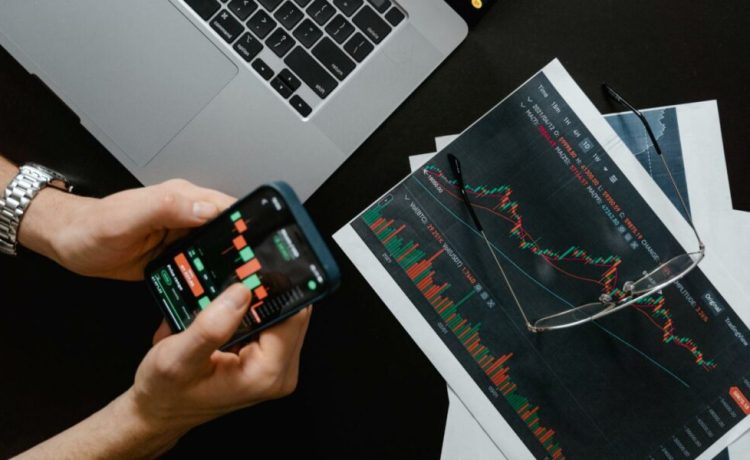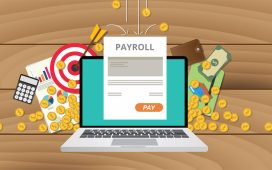One of the most fundamental concepts traders encounter is the bid-ask spread. It’s a key element that plays a critical role in trade execution and can directly impact the profitability of a trade. Understanding how bid-ask spreads work and how they influence your trading decisions can help you reduce costs, refine strategies, and make better trading choices. This article will break down the components of the bid-ask spread, its implications for different types of traders, and how you can manage it to your advantage.
Factors Influencing the Bid-Ask Spread
Several factors affect the size and consistency of the bid-ask spread:
Market Liquidity
Highly liquid markets, such as major forex pairs or large-cap stocks, tend to have narrow spreads due to active buyer-seller participation. In contrast, illiquid markets, like smaller stocks or niche commodities, experience wider spreads due to fewer participants and lower trading volumes.
Market Volatility
During periods of high volatility, such as economic announcements or market events, spreads widen as market makers adjust to higher risks. This can also result in slippage, where trades are executed at less favorable prices due to rapid market changes.
Trading Volume
Higher trading volumes usually lead to tighter spreads as more participants compete for liquidity. Conversely, low trading volumes—especially during off-peak hours—can cause wider spreads due to reduced market activity.
Asset Type
The asset being traded affects the spread size. Major currency pairs like EUR/USD often have tight spreads, while exotic pairs or assets like penny stocks typically have wider ones. Similarly, bonds have variable spreads depending on factors such as issuance size, credit rating, and investor demand.
Why the Bid-Ask Spread Matters for Traders
The bid-ask spread directly affects trade costs. To profit, the market must move in your favor by more than the spread. For example, with a $0.10 spread on a $50.10 stock, the price needs to rise above $50.20 to break even. This cost can add up quickly for frequent traders, especially in volatile or illiquid markets.
Execution Speed and Slippage
Wider spreads can increase slippage—the difference between the expected and actual execution price. In fast-moving markets, especially during high volatility or news releases, slippage may occur as market makers adjust spreads, impacting your trade’s execution and overall performance.
Impact on Strategy
The spread affects strategy, especially for scalpers who rely on small price moves. A wider spread requires more significant price movement to capture profits, making scalping more difficult. While long-term investors may be less affected, understanding the spread is still important when trading illiquid assets or large positions to manage costs effectively.

How the Bid-Ask Spread Impacts Different Types of Traders
Different types of traders are impacted by the bid-ask spread in various ways, depending on their trading style, objectives, and time horizons.
Day Traders
Day traders need to minimize the bid-ask spread to reduce trading costs and improve trade execution. A narrow spread allows for faster execution, increasing the chances of profit from small price movements.
Swing Traders
Swing traders, holding positions for days or weeks, may not be as affected by the spread as day traders, but it can still add up over time. They must factor in the spread when setting entry and exit points, particularly for less liquid assets.
Long-Term Investors
For long-term investors, the spread typically has less impact, but it can be significant when entering or exiting large positions in illiquid assets. Understanding spread fluctuations helps minimize costs on these trades.
Algorithmic and High-Frequency Traders
Algorithmic and high-frequency traders are highly sensitive to bid-ask spreads. Even small differences can significantly impact performance, so minimizing the spread is crucial for these strategies.
Managing Bid-Ask Spread in Your Trading Strategy
Trading in highly liquid markets, like EUR/USD in forex or the S&P 500 in equities, helps minimize the bid-ask spread. These markets tend to have narrower spreads, ensuring efficient trade execution at lower costs.
Spreads narrow during peak trading hours, such as when major forex markets overlap (e.g., London and New York sessions). Trading during these times allows you to benefit from tighter spreads and reduced execution costs.
Limit orders help manage the spread by allowing you to set a specific price for buying or selling, potentially avoiding a larger spread. While they may not be executed immediately, limit orders give you greater control over entry and exit prices.
Using tools to monitor spread fluctuations in real-time allows you to adjust your strategy and minimize exposure to excessive costs, optimizing trade execution.
Conclusion
The bid-ask spread is an essential factor to consider in trade execution. By understanding how spreads work and the factors that influence them, traders can make more informed decisions and optimize their trading strategies. Whether you’re a day trader, swing trader, or long-term investor, recognizing the impact of the bid-ask spread can help you reduce trading costs and improve overall performance.
Understanding bid-ask spreads isn’t just about reducing costs; it’s about trading smarter and making strategic decisions that align with your goals. Keep an eye on spreads, adjust your approach based on market conditions, and always choose assets and brokers that fit your needs.
Look at this site to compare spreads and ensure you’re working with a broker that aligns with your trading style.






